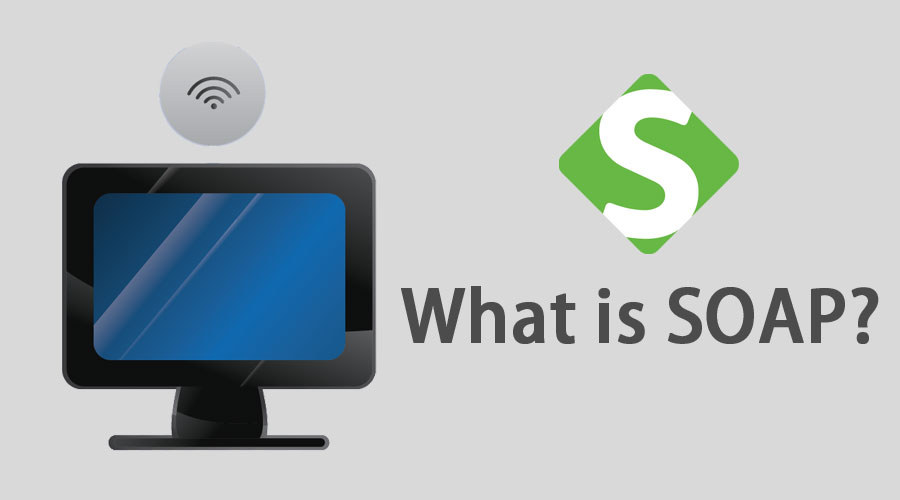An Introduction to SOAP

This section discusses the Introduction to SOAP. SOAP relies exclusively on XML to provide messaging services. Microsoft originally developed SOAP to take the place of older technologies that didn’t work well on the Internet. Theses include- the Distributed Component Object Model (DCOM) and Common Object Request Broker Architecture (CORBA).
In addition, SOAP is designed to support expansion. So, it has all sorts of acronyms and abbreviations. Further, these include- WS-Addressing, WS-Policy, WS-Security, WS-Federation, WS-ReliableMessaging, WS-Coordination, WS-AtomicTransaction, and WS-RemotePortlets.
The point is that SOAP is highly extensible, but you only use the pieces you need for a particular task. For example, when using a public Web service that’s freely available to everyone, you really don’t have much need for WS-Security. One of the most important SOAP features is built-in error handling.
An interesting SOAP feature is that you don’t necessarily have to use it with the HyperText Transfer Protocol (HTTP) transport. There’s an actual specification for using SOAP over Simple Mail Transfer Protocol (SMTP) and there isn’t any reason you can’t use it over other transports. In fact, developers in some languages, such as Python and PHP, are doing just that.
Make your resume stand out and become a Certified SoapUI Testing Professional. Try free practice tests here!
A great career is just a certification away. So, practice and validate your skills to become Certified SoapUI Testing Professional Now!

